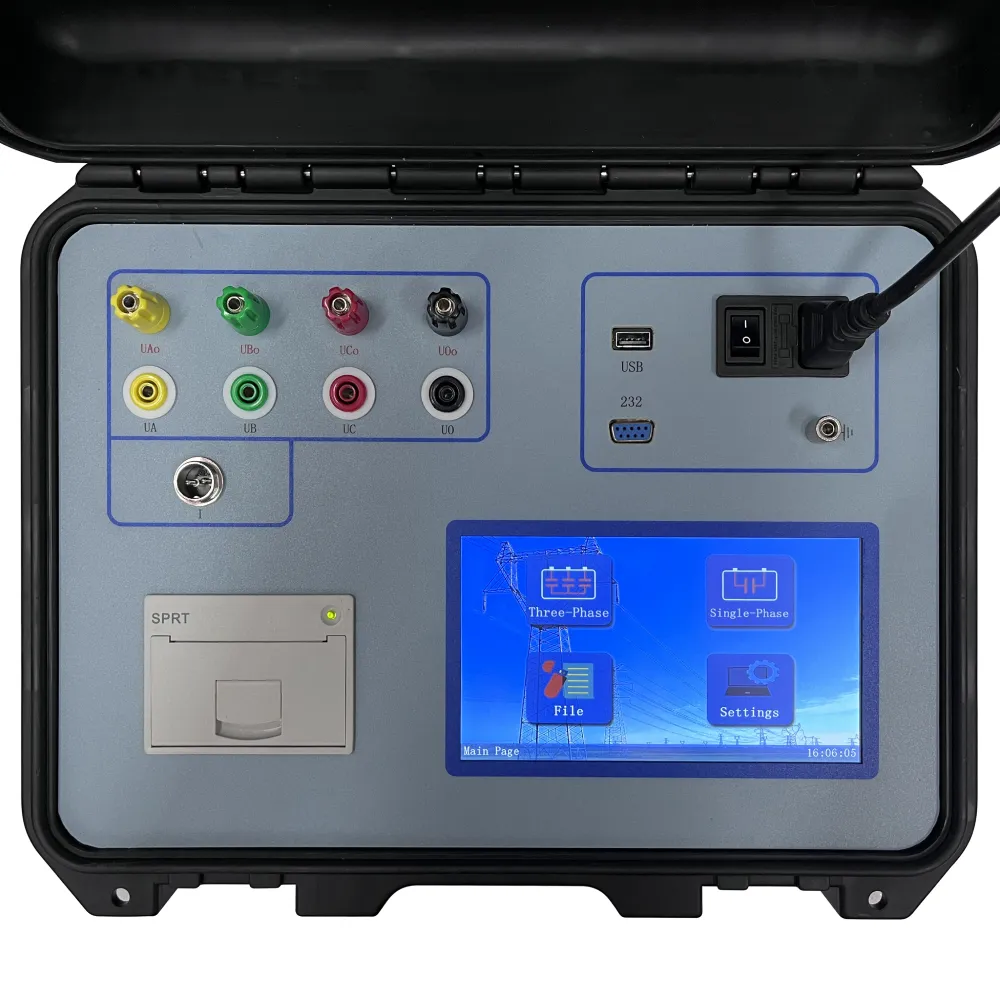 English
English


auto titration
Understanding Auto Titration Revolutionizing Analytical Chemistry
Auto titration is a sophisticated analytical technique that automates the process of titration, a method widely used in chemistry to determine the concentration of a solution. This innovation has transformed the way chemists perform quantitative analysis, making the process more efficient, accurate, and user-friendly.
At its core, titration involves the gradual addition of a titrant—usually a solution of known concentration—to a solution of unknown concentration until a chemical reaction reaches its endpoint. This endpoint is typically signaled by a color change, which can be monitored visually or with the aid of a pH meter. Traditional titration can be time-consuming and subject to human error, particularly in measuring the exact moment of endpoint detection. Auto titration overcomes these limitations by employing automated systems equipped with precise pumps and advanced sensors.
The advantages of auto titration are manifold. Firstly, it significantly enhances accuracy. Automated systems can dispense titrant with exactitude, reducing the possibility of overshooting the endpoint due to human misjudgment. Additionally, these systems can continuously monitor changes in pH or other relevant indicators, ensuring a precise determination of the endpoint through sophisticated algorithms. This level of precision is crucial in industries such as pharmaceuticals, where slight deviations in concentration can lead to ineffective or unsafe products.
auto titration

Moreover, auto titration increases efficiency
. By minimizing the need for manual intervention, chemists can conduct multiple titrations simultaneously, saving time and allowing for a higher throughput of samples. This is particularly beneficial in research and quality control environments where rapid results are essential. Furthermore, the integration of data management software enables seamless documentation of results, aiding in compliance with regulatory standards and improving traceability.Another noteworthy benefit of auto titration is its versatility. Modern auto titrators can be calibrated for a variety of reaction types and can accommodate different titrant solutions. This makes them an invaluable tool across diverse fields, including environmental monitoring, food and beverage testing, and clinical diagnostics.
Despite its many advantages, the adoption of auto titration is not without challenges. Initial setup costs for automated systems can be significant, and there may be a learning curve associated with their operation. However, the long-term benefits, including increased accuracy, efficiency, and reproducibility, typically outweigh these initial hurdles.
In conclusion, auto titration represents a significant advancement in analytical chemistry, enhancing the accuracy and efficiency of titration processes. As technology continues to evolve, it is likely that auto titration will become an integral part of laboratories worldwide, paving the way for more precise and automated analytical methodologies.
-
Differences between open cup flash point tester and closed cup flash point testerNewsOct.31,2024
-
The Reliable Load Tap ChangerNewsOct.23,2024
-
The Essential Guide to Hipot TestersNewsOct.23,2024
-
The Digital Insulation TesterNewsOct.23,2024
-
The Best Earth Loop Impedance Tester for SaleNewsOct.23,2024
-
Tan Delta Tester--The Essential Tool for Electrical Insulation TestingNewsOct.23,2024





